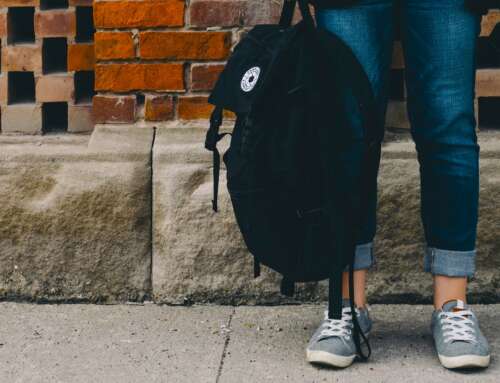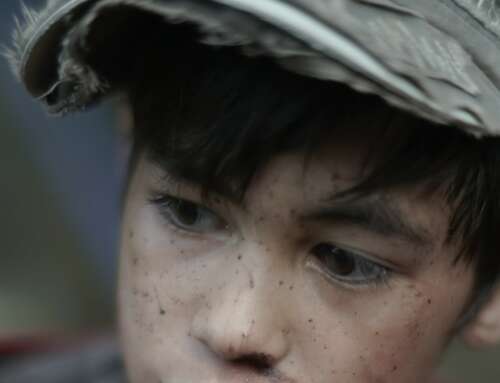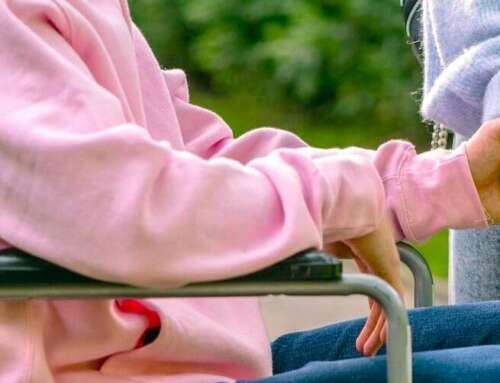Leticia Anderson, Southern Cross University; Kathomi Gatwiri, Southern Cross University; Lynette Riley, University of Sydney, and Marcelle Townsend-Cross, Southern Cross University
As Black Lives Matter protests rage across the world, many of us are motivated to learn more about racism, and talk to our students and children in ways that can facilitate change.
Education is a powerful tool for creating change. So, it’s important teachers don’t shy away from difficult conversations in the classroom, even if they may feel daunting.
Here are some things teachers can consider to help them discuss racism with their students.
1. Provide accurate, historical context
Understanding and coming to terms with past racist practices is essential to an anti-racist education.
When historical oppression is denied, omitted or whitewashed – as when Prime Minister Scott Morrison incorrectly claimed Australia didn’t have a history of slavery – it is difficult to explain how racism still affects black, Indigenous and people of colour today.
A teacher can take students to visit memorials and museums, or ask them to research place names. Do names in your local community, for example, hark back to racist practices? In some towns, “Boundary Road” recalls a line Indigenous Australians could not cross after curfew.
Teachers can encourage students to critically reflect on whose stories are celebrated in public memory, and brainstorm what would better represent the contributions and experiences of all members of the community.
2. Explain racism is not just done by ‘bad people’
Racism should be taught as a system of racial hierarchy that is sustained consciously and unconsciously by the idea that one group of people is superior. Because of this presumed superiority the ideas, books, voices and expertise of one group are seen as the “norm”.
Racial discrimination today is often referred to as “soft” or “new” racism, often expressed through covert microagressions.
Categorising racism as something only “bad” people do means the “good” ones are denied the opportunity to examine how their everyday thoughts and actions may be sustaining society’s racial hierarchy structure.
The below video of the blue-eyed/brown-eyed experiment (in which kids are told brown-eyed people are superior to blue-eyed people and vice versa), is a good way to show students how unconscious behaviours emerge and how quickly prejudice can form.
3. Show the impacts of unintended harm
People commonly assume their good intentions bear more weight than their unintended consequences. Just because someone did not intend to be racist, does not lessen the impact on the person experiencing it. You can use metaphors to illustrate this.
For example, if you accidentally pour hot coffee on someone, the natural response is not to say “why are you upset when it wasn’t my intention to pour a hot drink on you?”.
The more appropriate response is to acknowledge your mistake, apologise to the other person and move more carefully in future.
The insidiousness of “new” racism is that people who do not consider themselves racist might actually be perpetuating racism without being aware of it.
4. Encourage students to be brave in calling out racist behaviour
Being silent after observing racist behaviour is being complicit in racism. Teachers need to practise giving constructive feedback on racist speech and behaviour, and support students in being resilient about taking on board anti-racist feedback.
Actively anti-racist teachers are quicker to notice and respond to racial micro-aggressions when they occur in the classroom, such as teaching students not to use racial nicknames or stereotypes.
5. Explain there are hierarchies within racism
Experiences of racism are magnified when different forms of discrimination combine to create a more intensified exclusionary experience for people, based on intersections between their multiple marginalised identities.
Experiences of racism for young black men, for example, may vary a lot from the experiences for young black women. Explain to students it is possible to experience oppression in one identity category but be privileged in another.
6. Be aware of students’ racial trauma
Teachers sometimes strive to teach about racism, without considering that it is the lived experience of some of their students.
Racialised trauma is passed across generations, and can include indirect and direct experiences of interpersonal and systemic racism.
We need to support people who have been traumatised by racism, not just challenge those who instigate it.
Teachers should also be sensitive about the way anti-racist teaching is delivered. If you are going to discuss sensitive topics, you can provide trigger warnings in advance to the class. This way students can prepare or raise concerns in advance.
Be aware of who is in your class and avoid using potentially re-traumatising images, examples or videos.
7. Model inclusive behaviour
Teachers should model anti-racist behaviour in their classroom. For example, they should not mock or say inappropriate things about other people’s cultural and racial backgrounds. Teachers should encourage students to think of the various cultures as different and not superior to, or better than, others.
You can also model an understanding of relevant cultural protocols, including through Acknowledgements of Country, or avoiding the use of names and images of Indigenous people who have passed away.
8. Ensure diversity in the curriculum
A consequence of colonialism has been the centring of white experiences and knowledge, and erasure of other ways of knowing and being.
We can challenge the historic and continued silencing of alternative voices by integrating diverse voices into our curriculum.
As a teacher, you can select readings, videos, and other classroom resources that are informed by diverse knowledge and experiences.
You can use a racial Bechdel test to check the diversity of resources.
9. Focus on change, not blame or shame
Discomfort is often an essential part of any learning process, more so for sensitive topics. Anti-racist education should be compassionate and aim to move through discomfort to produce change, rather than instilling shame or blame.
Anti-racist and decolonial education is often just as much about unlearning, as it is about learning.
We may have to challenge ourselves to unlearn inaccurate history and stereotypes, question our own deeply ingrained thoughts and habits, and practise different ways of listening to, and working with, people from different backgrounds.
Leticia Anderson, Lecturer in Humanities, Southern Cross University; Kathomi Gatwiri, Senior lecturer, Southern Cross University; Lynette Riley, Senior Lecturer, University of Sydney, and Marcelle Townsend-Cross, Lecturer, Southern Cross University
This article is republished from The Conversation under a Creative Commons license. Read the original article.
![]()







Leave A Comment